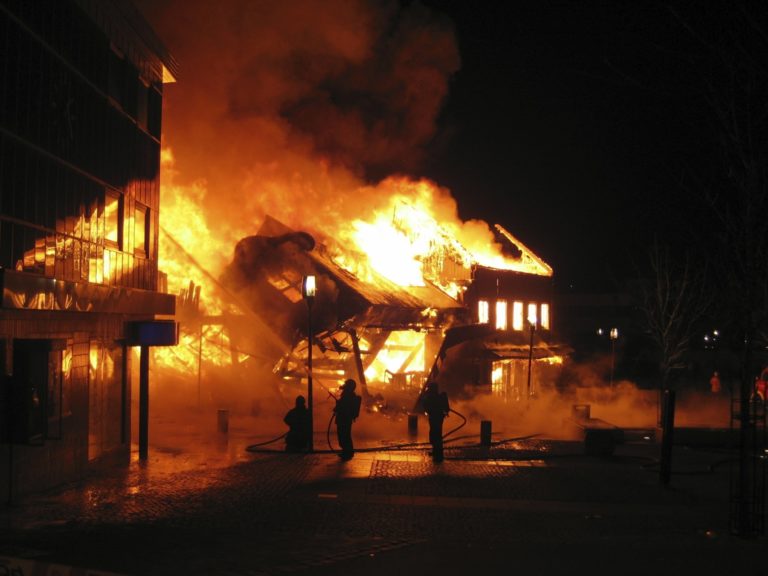The topic of campus safety often focuses on the preparation for violent attacks and active shooters. Because of high-profile incidents over the last 20 years, most schools have a strategic plan in place and actively educate students and faculty on the processes to take in the event of such an attack. However, less common are plans and strategies for disaster management.
The most common disasters are usually weather-related, such as a hurricane, earthquake, tornado or other acts of nature. But man-made incidents can also trigger the need for disaster response, including chemical spills, explosions and fire, gas leaks, and biological threats. Each of these can affect a school in different ways, requiring different responses. One disaster may necessitate evacuation efforts while another triggers “shelter in place” directives. If the disaster takes place outside of the school’s immediate area, they are often utilized as emergency evacuation shelters for surrounding neighborhoods, or sometimes other schools. For instance, in 2012, the Waldo Canyon fire in Colorado Springs caused evacuations at the United States Air Force Academy. The affected students were sent to residence halls in the nearby University of Colorado at Colorado Springs, along with other area evacuees.
Schools located in high-probability disaster areas are more likely to have a comprehensive disaster management plan in place. Tulane University in New Orleans, for example, was often called upon to be an evacuation shelter during hurricanes, but after having to evacuate themselves and completely shut down during Hurricane Katrina in 2005, they developed a full disaster strategy. Tulane now has a 62-page, detailed plan for hurricane response, to be implemented by four teams with specific tasks in the event of a storm. One team remains on campus to oversee basic operations, while another goes offsite to direct recovery activities until full operations can commence on campus. A third team plans and executes the student evacuations, and a fourth team returns once the storm has passed to assess damage and begin recovery efforts. The Tulane hurricane plan is managed by the university’s Office of Emergency Management, who reviews, tests, and updates the plan, conducts preparedness seminars, maintains contracts with evacuation partners for housing and busing, and oversees all maintenance to plan essentials.
Not all schools have, or even need a plan as detailed as Tulane’s. But every school should be aware of the types of disasters, both natural and man-made, which could affect their campus, and have a plan prepared to implement. Along with evacuation procedures and protocols for reuniting students with their families, a solid disaster management plan should also account for campus security. Whether a campus is fully evacuated or hosting hundreds of evacuees, there are buildings and assets which require protection. A campus security plan should include ways to monitor the campus even if it is evacuated, through surveillance cameras, motion sensors, and door access controllers. This is especially important for higher-education campuses, which are more likely to have buildings housing high-value electronics, lab equipment or hazardous material storage.
Having a disaster management plan reduces distractions and improves efficiency should an emergency arise. Equally important is communicating that plan not only to faculty and staff, but also to students, their families and local emergency response. Creating awareness increases the readiness of everyone involved in the event of a disaster.
